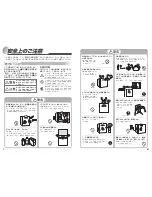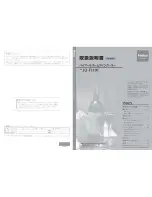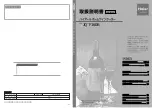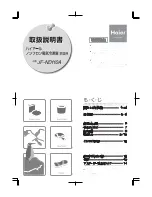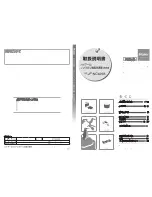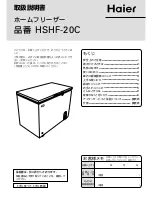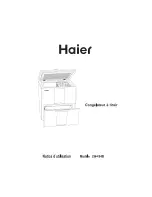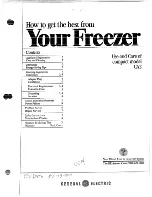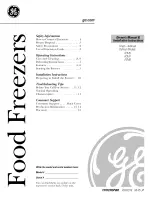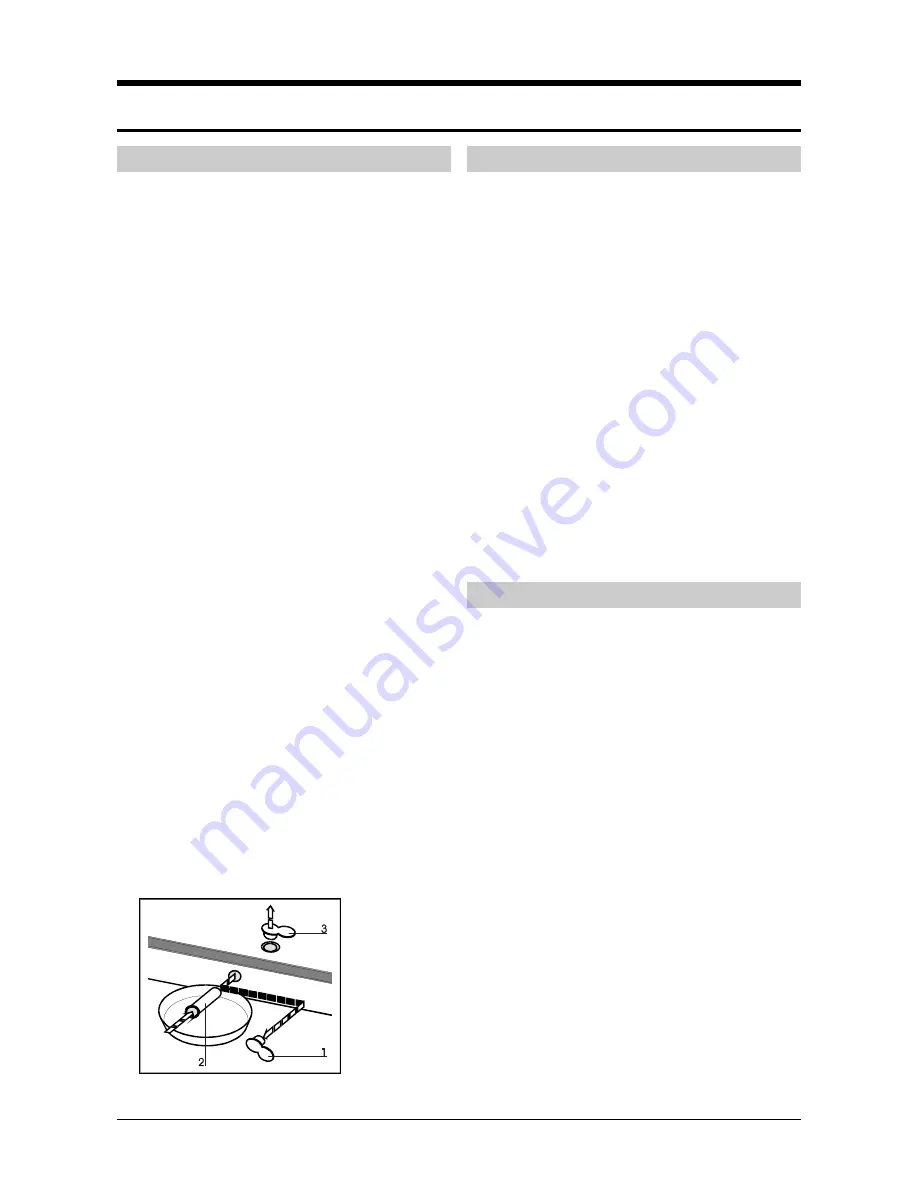
Instructions for Use
43
Cleaning and Maintenance
Freezer Defrosting
The inside surface of the freezer gets lined with
frost. Frost formation depends on frequency of
door opening and ambient humidity. It is
recommended to remove the frost layer after it
has reached a thickness of 3 to 4 mm.
x
Approximately 24 hours before you intend to
defrost the freezer switch over the operation
mode switch to continuous operation (the
yellow light is on) so that the foods get deeply
frozen.
x
After that period disconnect the appliance from
the mains supply.
x
Remove frozen foods from the freezer and look
after that they do not get thawed.
x
When defrosting and cleaning is completed
connect the appliance to the mains supply an
put the foods back in the freezer.
x
Avoid using defrosting sprays, as they may
cause damage to the plastic parts and may be
hazardous to health.
The Fastest Way of Frost Removing
Use the supplied scraper and scrap the frost layer
from cooling surfaces and remove it from the
freezer with soft cloth before it thaws.
Frost Layer Defrosting
When the frost layer is too thick to be scraped, it
should be partially defrosted.
Remove the tap (1) from front of the appliance.
x
Insert the pipe (2) into the hole and place a
receptacle under it in order to accumulate water
resulting from frost layer.
x
Remove the tap (3) from the bottom of the
appliance.
x
To speed up defrosting, leave the lid of the
appliance open. Remove larger pieces of the
layer with the scraper when they are no longer
stuck to the interior wall.
x
After you have defrosted the appliance, put the
taps back and keep the pipe for further use.
Cleaning
After you have defrosted the appliance, clean it.
x
Before cleaning the appliance disconnect the
cable from the mains supply!
x
Wash the
inside surfaces
with lukewarm water
into which you have added vinegar or baking
soda (one tablespoon per one liter of water).
Afterwards toroughly wipe the interior with clean
soft cloth.
x
Clean the
outside surfaces
of the appliances
with soft cloth, water and detergent.
Varnished surfaces are cleaned with soft cloth
and an alcohol based cleaning agent (for
example glass cleaners). You may also use
alcohol (ethanol or isoprophylic alcohol).
The application of abrasive and specially
aggressive cleaners, such as the stainless steel
cleaners, is not appropriate for the cleaning of
plastic and coated parts.
x
Clean the
sealing of the lid
with mild solution
of detergent and water.
x
Dust the rear condenser unit from time to time
with a soft non- metal brush or vacuum cleaner
(at least once a year).
Discontinued Service
x
Disconnect the cable from the mains supply,
empty the foods, defrost and clean the interior.
x
Place an uncovered small box of baking soda in
its interior an leave the lid slightly open.
x
When the appliance is inoperative it can be
placed in a cold room as it withstands low
temperatures. Before putting it into operation
place it in warm room where it should rest for at
least 2 hours.











